What is happening in the ultra-microscopic world where microorganisms and molecules can be seen?

Many people may feel romantic about things such as the jungle, the sea, and outer space far from where they live, but few people have ever looked at the 'micro world' that spreads out under their feet. maybe.
Let's Travel to The Most Extreme Place in The Universe-YouTube
Many people may be fascinated by the mysteries of the universe, which is too vast compared to humans.

On the other hand, humans are also a huge existence for insects and microorganisms.

This time, the stage is set in a park that is about 1km long and takes about 15 minutes to walk from one end to the other, and they are going to take a peek into the microscopic world.

First of all, I will shrink the size of a human being to 1/1000 and look at the world with a height of only 2 mm. In this state, the grain of sand is about the same as the height ... ...
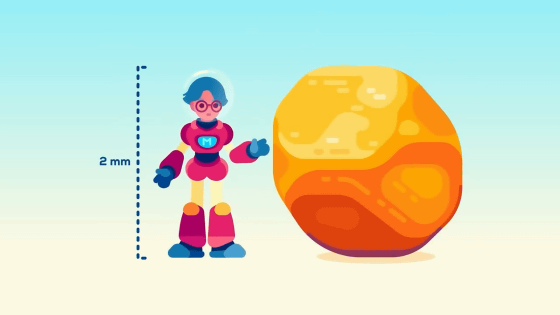
Just grass feels like the height of an eight-story building.

The park, which was once an easy stroll, now feels like a thousand kilometers, a distance comparable to crossing France.
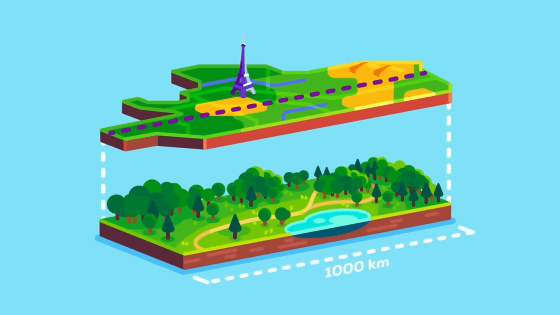
Humans look four times taller than the

Bees are about the size of a helicopter. The flapping of its wings and movement of its body shakes the ground.
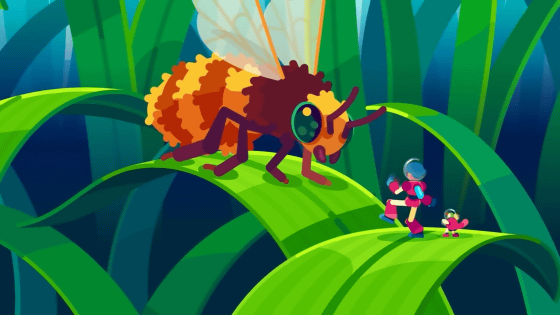
Also, because the body size is 1/1000, the density of the air is felt 1000 times, and it feels like moving in honey.
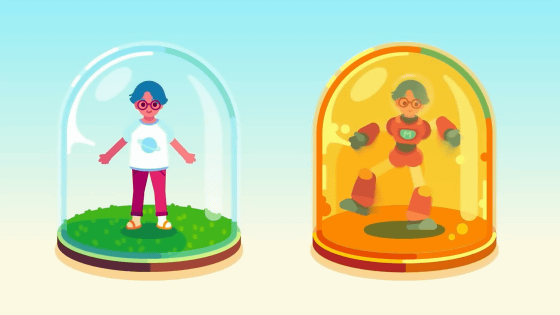
Honeybees use this sensible air density to fly in the sky using their wings like a paddle to row a boat. Therefore, even if a bee scales up to human size, its body and wings are too heavy to fly.
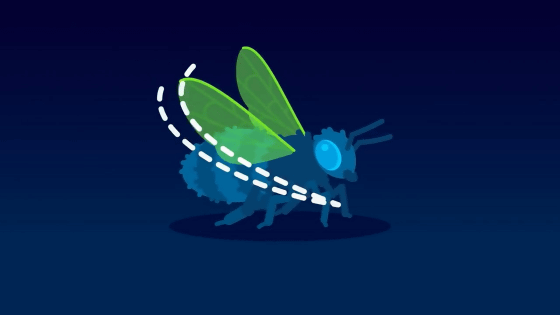
Next, go to the world with a body length of 2
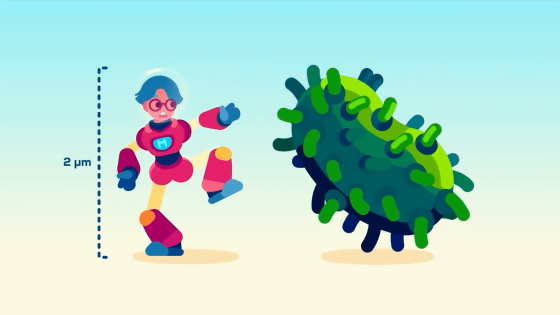
In this state, the park feels as big as about 1 million km to humans.
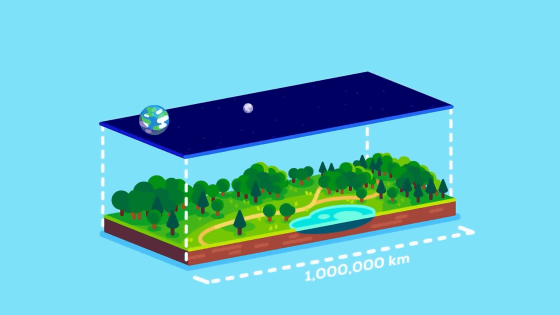
From the perspective of microbes, bees are like Mt. Everest in motion.
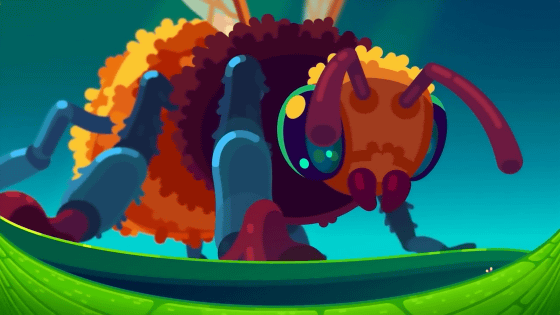
Air is as viscous as lava, making it difficult for humans to move in it.
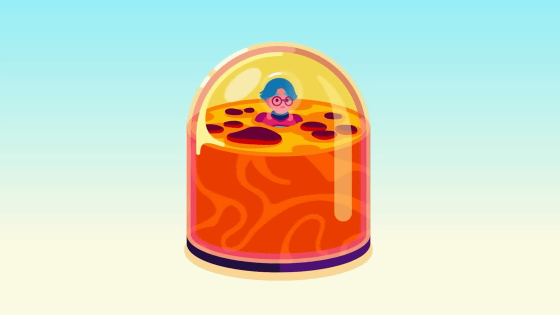
A single leaf is as large as Paris.
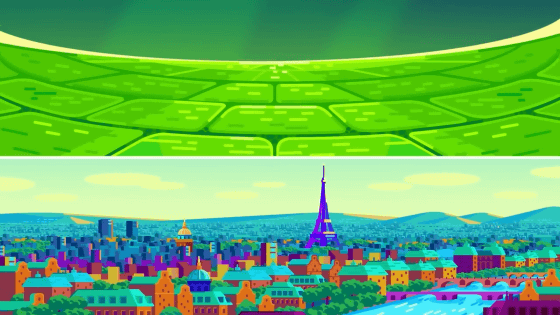
Aphid bite marks remain like craters.
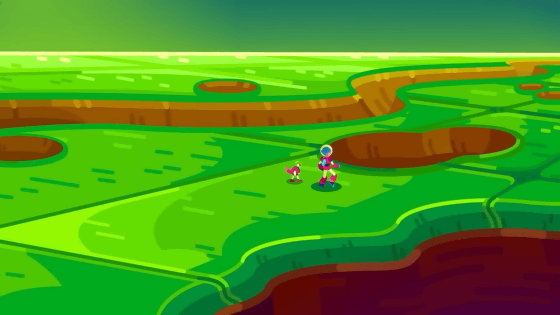
Plant cells feel like houses wrapped in glass.
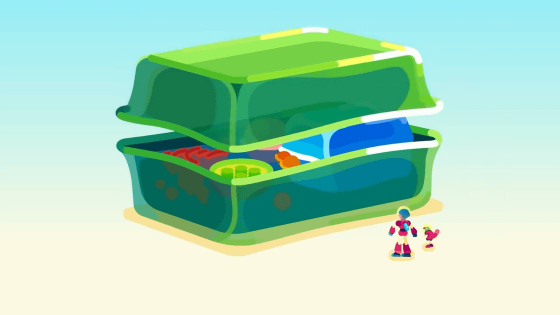
Falling water droplets look like falling asteroids.
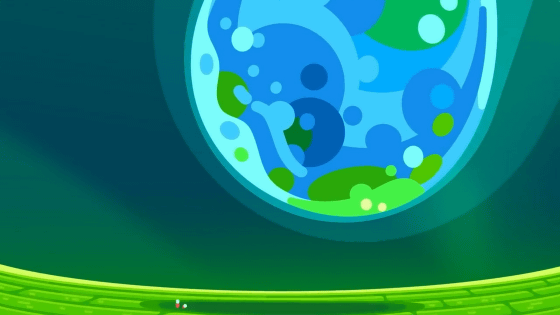
However, it is said that this scale will not receive the impact of water and will be sucked into the water as it is.
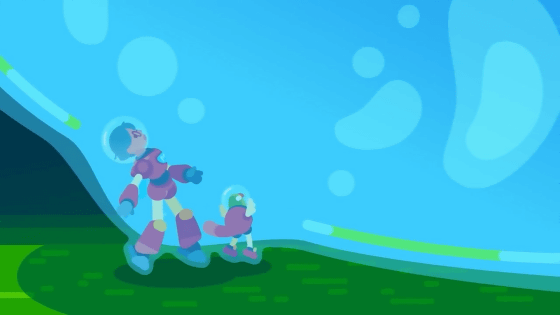
Due to the cohesive force acting on the water molecules, the water sticks to the hands and feet like glue, so the smaller humans can only go with the flow.
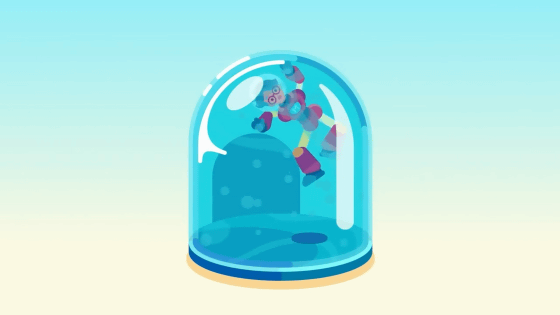
A tiny drop of water is full of microbes and tennis-ball-sized viruses.
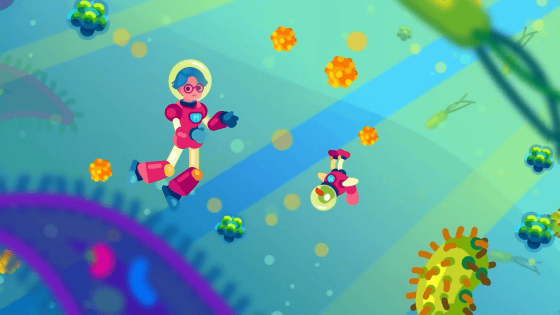
Microorganisms such as Euglena pass by like a freight train.
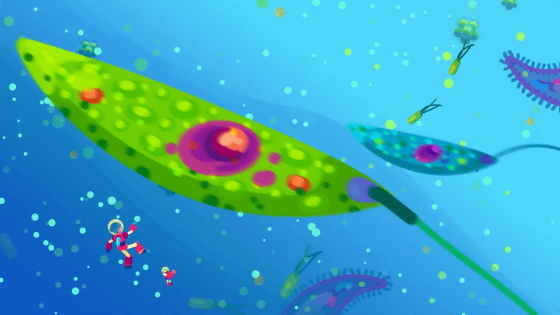
Most microbes are shaped like jellyfish, about the size of a car, and move through the water with tentacle-like organs called
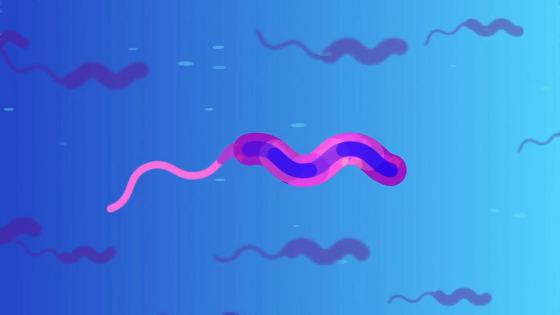
If we were to compare this to a human, it would be like traveling through mud at over 600km/h.
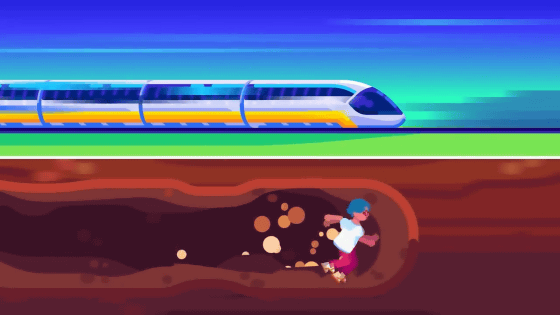
Also, since the microorganisms are very small and the viscosity of the water is too high, the principle of inertia does not work on the movement of microorganisms. Therefore, the movement of microorganisms will be unpredictable and jerky.

Next, let's look at the world of molecular size with a body length of 2
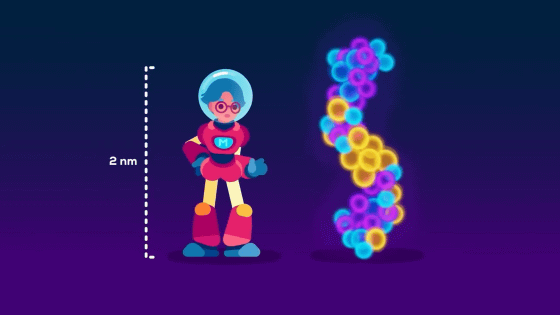
A drop of water looks like the moon in this world.
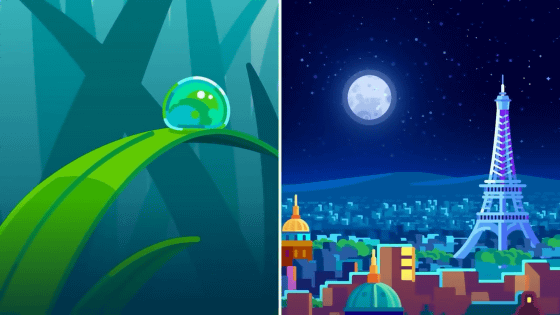
And the park will be roughly the size of the solar system. However, it is not a vacuum but filled with various substances.
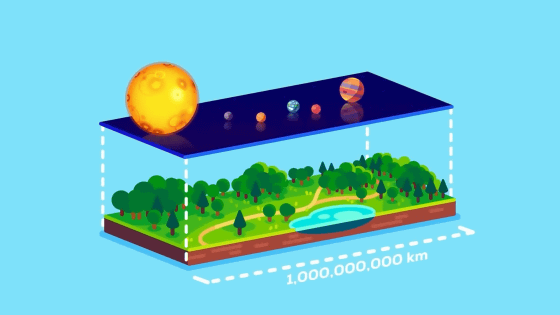
Everywhere you look there are countless molecules and atoms, and you can feel vibrations and energy through the hard walls of the grass cells.
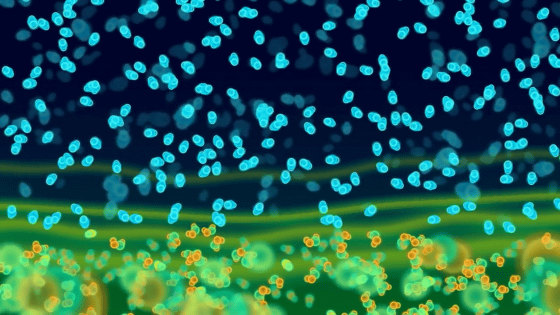
The number of water molecules contained in one water droplet reaches about 6 billion, and it is said that it is a world like a storm where water molecules collide hundreds of trillions of times per second.
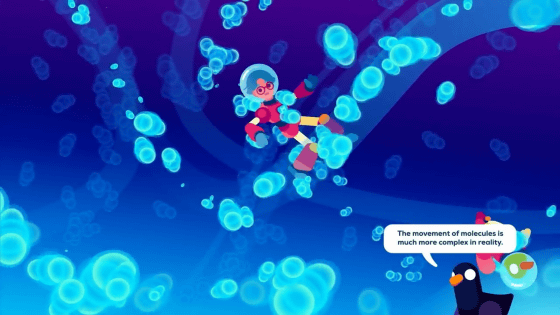
When converted to the human scale, each water molecule seems to be moving at a speed exceeding 2300 km / h.
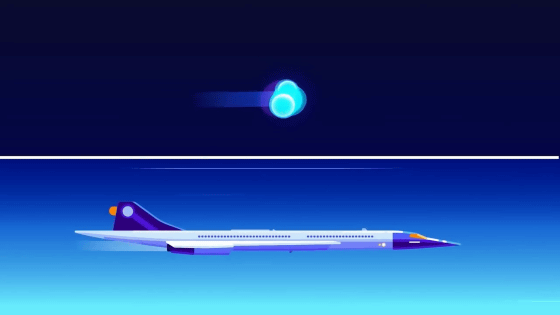
The movement of these molecules is due to 'heat'.
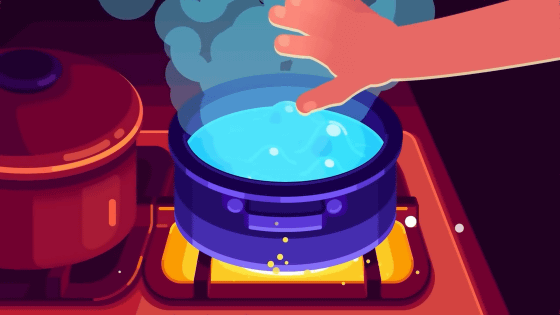
Heat is the movement or vibration of molecules.
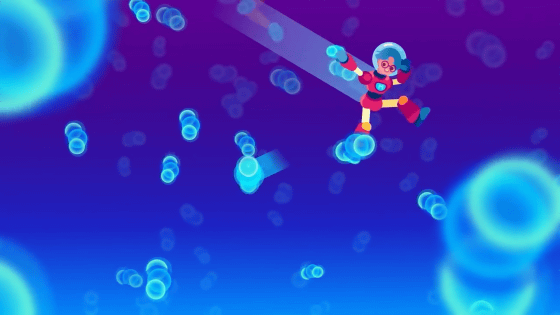
Losing heat slows down the movement of molecules and reduces the frequency of collisions.
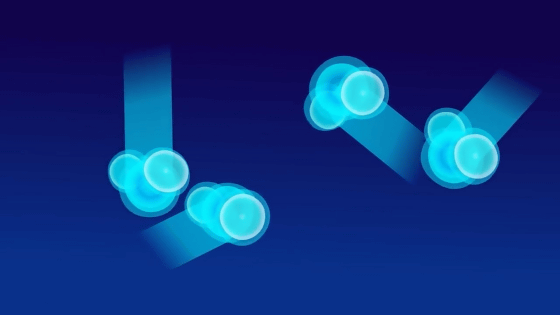
When heat is obtained, the molecules speed up and the collision frequency also increases.
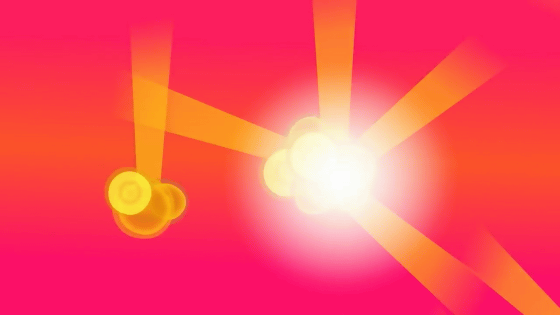
Also, when jumping out of the water droplets into the air ......
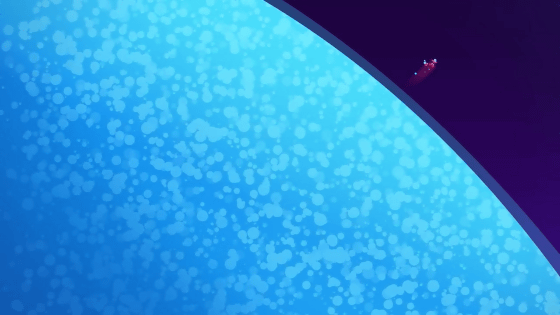
You will notice that the molecules that make up the air are just sparsely present, and that there is almost nothing else.
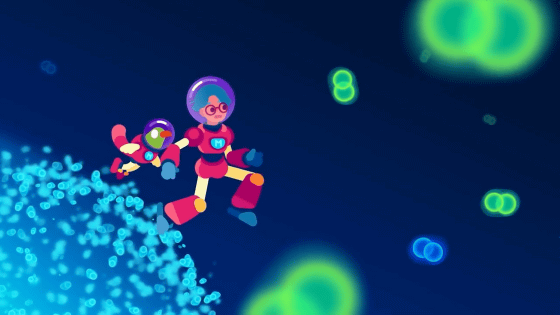
There is only a vacuum between the molecules, and the molecule moves an average of 60 nanometers before colliding with the next molecule, a distance equivalent to a hockey field in terms of human scale.
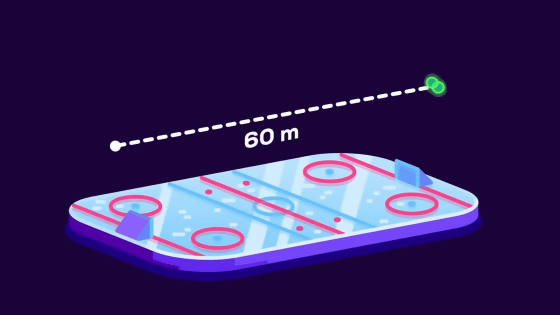
If you compress all the molecules and atoms flying around in the room, the volume will not even reach 0.1% of the room.

In other words, it can be said that 99.9% of the surroundings of humans are vacuum.
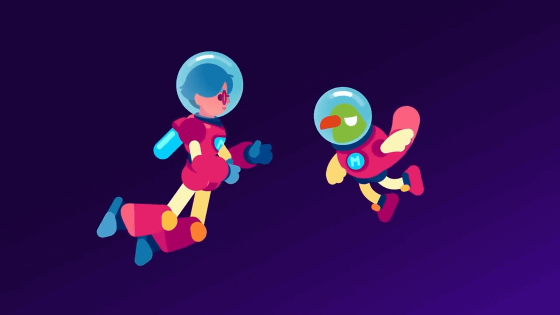
When it shrinks further and becomes a size of 2
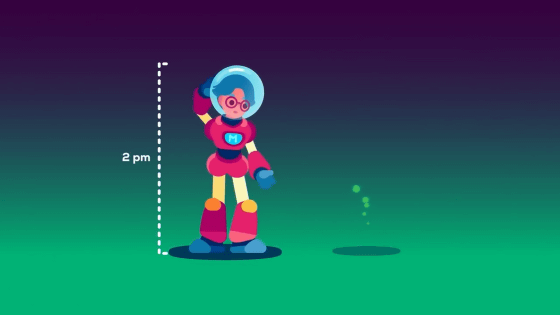
A normal human being has a size of about 2 billion km, which is a scale that can reach from the sun to Saturn.
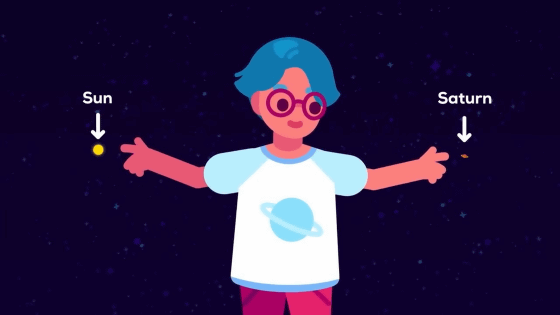
Still, the atomic
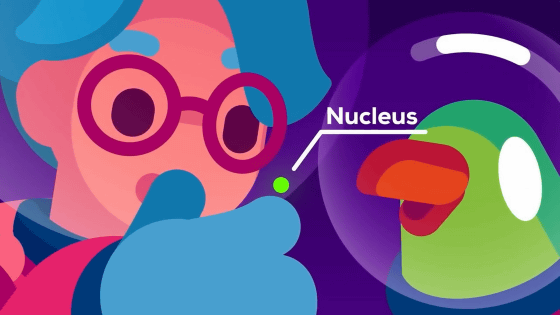
It is said that electrons revolving around the nucleus are drifting in the range of the Eiffel Tower.

Atomic nuclei vibrate and swell and do not stand still.
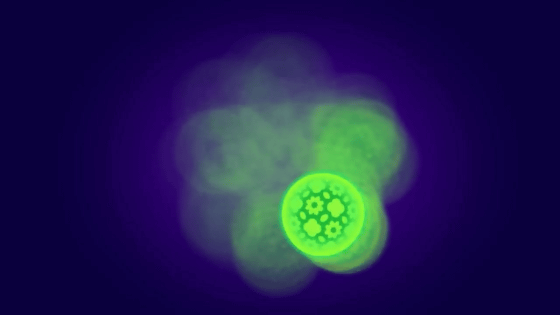
If we reduce the size further to 1/1000th of this size, we reach the
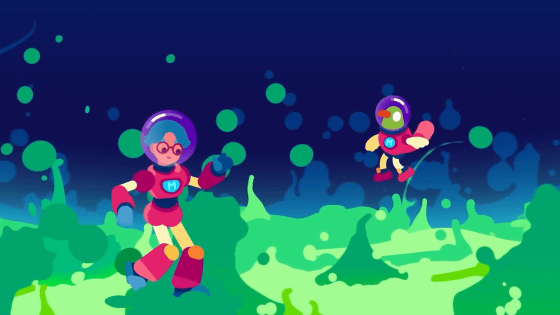
In this world, particles bubble and disappear, and it is thought that
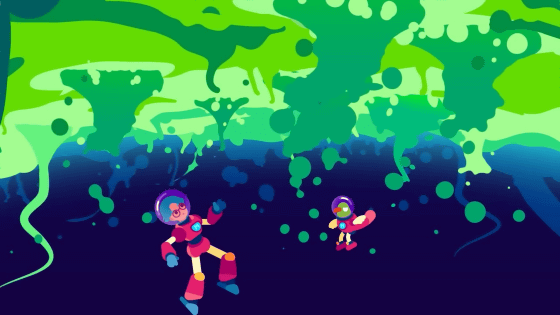
Looking up at the night sky seems incredibly vast and strange.

But the small world is even stranger, Kurzgesagt said.
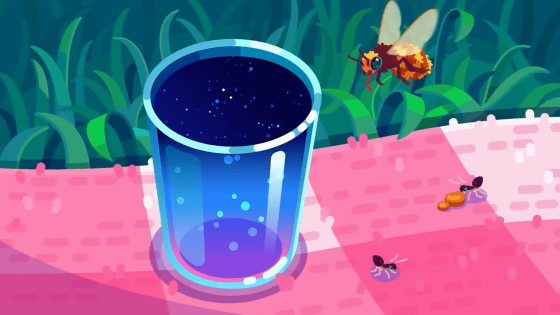
Related Posts:







